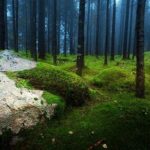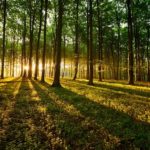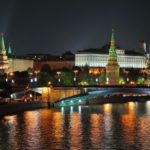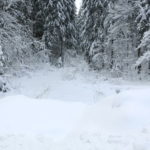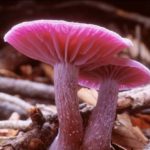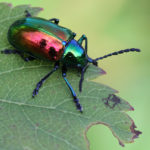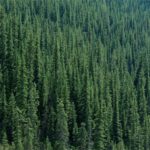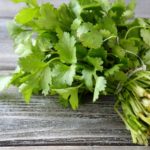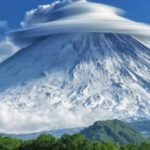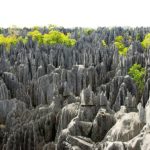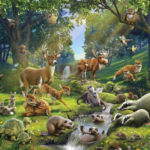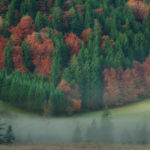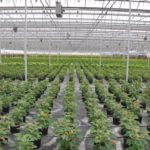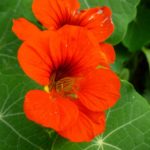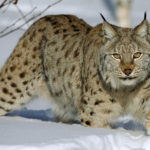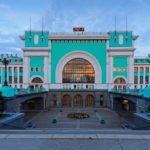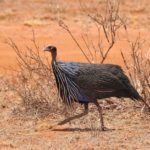10 interesting facts about forest plants
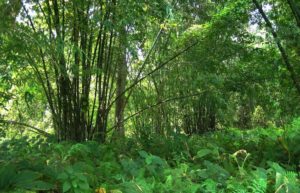 In Russia, forest zones are full of a wide variety of plants. What is the endless taiga alone, occupying an area ten times larger than the area of many countries! The diversity of the plant world in our country is truly enormous and amazing, and botanists may not have enough of a lifetime to study them all.
In Russia, forest zones are full of a wide variety of plants. What is the endless taiga alone, occupying an area ten times larger than the area of many countries! The diversity of the plant world in our country is truly enormous and amazing, and botanists may not have enough of a lifetime to study them all.
1. Not all of them are harmless, among them there are also poisonous ones. What is worth only hemlock, not without reason received its name. From one smell of it, if you inhale it for a while, the head starts to hurt, and this plant itself is deadly poisonous.
2. The most common tree in the forest zones of Russia is larch. It accounts for about 40% of all our forests.
3. One of the earliest beginning to bloom plants in the forest zones of Russia is ordinary hazel.
4. Pine trees perfectly clean the air, so sanatoriums are often located in pine forests. It is thanks to them that in the forest zones, especially away from large cities, the air is always clean and fresh.
5. Despite the fact that on Earth only about 7% of forest zones are in parks, squares and other artificial green spaces, in Europe this parameter reaches 95%.
6. Plants in forest zones do not live in five tiers, but in six. Five of them are known to everyone, they are located above the surface, and the sixth (well, or the first, depending on how you count) consists of the underground parts of plants, that is, their roots.
7. Some large trees can produce up to 65-75 kilograms of pure oxygen per year, filtering out up to three hundred cubic meters of atmospheric air during this time.
8. In each forest there is a litter consisting of organic plant remains. One way or another, they all participate in the process of maintaining it, becoming a part of it when they die and rot.
9. In forest zones, plants can form multi-level canopies. In the tropical jungle, for example, canopies can count up to five levels. In Russian forests, the canopy is usually single-level, less often two-level.
10. The total area of all forest zones on our planet is approximately two and a half times larger than the area of Russia.
